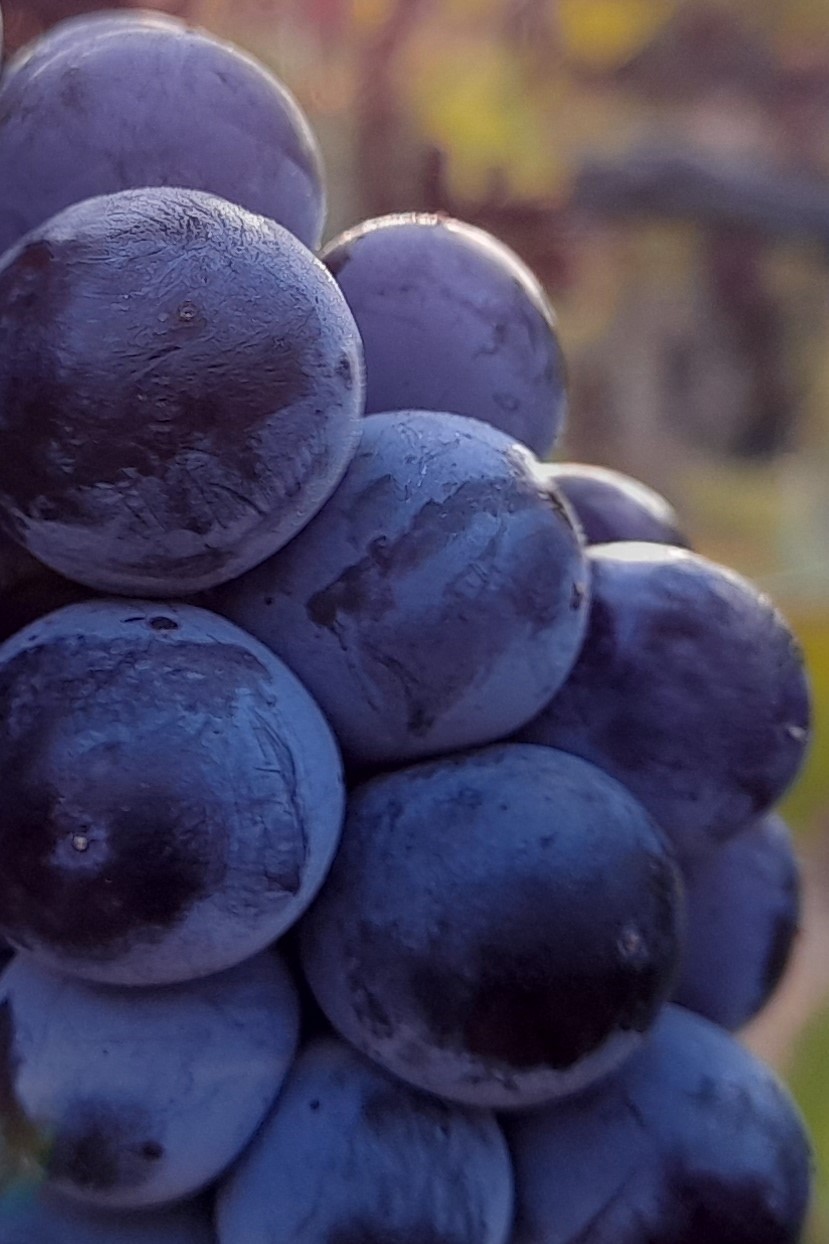Interesting, certainly runs counter to prevailing narrative.
Thing is, at least for FFMV, the idea is not just prescribed burns but also mechanical load reduction and other forms of fire prevention that are suited to different ecologies.
Interesting, in the US South West it’s a much shorter time period than 10 years. I wonder if these findings translate there too.
That narrative never made sense to me.
The destruction of tender plants and evergreen trees by fire and the nurturance of plants that are tough and high in oils seems like a recipe for fire.
The destruction of tender plants and evergreen trees by fire and the nurturance of plants that are tough and high in oils seems like a recipe for fire.
One problem is though that in much of Australia* we’ve had tens of thousands of years of people modifying the (presumably biased towards flammable to start off with) environment through repeated fires, so we already have an awful lot of vegetation that’s adapted to a regime of regular fire.
* Exceptions that come to mind are rainforests and alpine areas, which must not have been burnt often since the vegetation in these places doesn’t cope with fire well.
This, and we have to find a better way of dealing with fire risk than dumping a whole extra load of greengouse gases in the air every autumn/spring.
I’m actually curious, given that forests don’t actually fix carbon anymore (yay fungi) is there any amortised effect on co2 levels? or just a peak then increased uptake during regrowth.
Of course, smoke is bad
fix carbon anymore (yay fungi)
I’ve not made the time to get all up in my fungals, but i know a lot more understanding is coming out. Whats the deal?
For the rest of the thought, i’ve pictured it as a net loss, with a little uptake, a bit like the zoomed in hockey stick graph shows the yearly changes with the seasons. But i haven’t any evidence to point to, if any exists.
For context, i live near bush and see the effects, so this all is just like, my opinion man… Ithink it retards growth, but there is definite regreening as you say, a lot though seems to be invasive weeds, so i don’t know if the biomass actually increases that much. I suppose a tree ring study would show whether but offs effect biomass increase or noy.
I’ve not made the time to get all up in my fungals, but i know a lot more understanding is coming out. Whats the deal?
So I might be wrong here, I have no formal training in the carbon cycle and am not nor have ever been a biologist but I was under the impression that coal basically no longer can be made as it comes from a time before lignin (the stuff what makes plants woody) could be broken down by organisms. Now, barring unusual geological events, plants die and fall into the soil where the vast majority of their substance is metabolised by fungi which use it for energy emitting co2 in the process.
So if you take some area and forest it, there is now a mass of carbon bound into plant stuff, but since it reaches a steady state quickly it isn’t really sequestering any after that. This is why carbon capture is sort of a farce, as captured carbon in its ideal form is coal.





